Karate is a popular martial art with a rich history and culture behind it. Like most disciplines, karate has a vast array of unique terminology and concepts that can be confusing to newcomers. This glossary aims to cover the most important karate terms, to help readers better understand the sport and train more effectively.
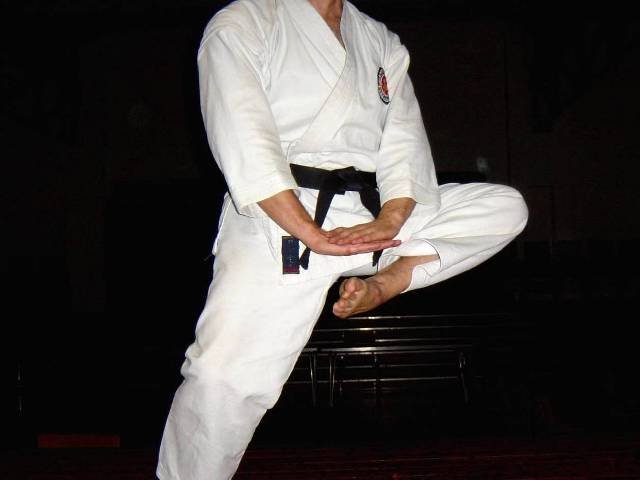
We’ll overview everything from foundational principles, to stances, strikes, blocks, ranks, uniforms, equipment, competitions and beyond. Whether you’re a complete beginner or longtime practitioner, this guide will boost your karate knowledge.
Contents
- 1 A Brief History of Karate
- 2 Foundational Concepts
- 3 Common Karate Stances
- 4 Hand Striking Techniques
- 5 Kicks and Leg Strikes
- 6 Blocks and Parries
- 7 Competition Rules and Commands
- 8 Belt Ranking System
- 9 Uniforms and Equipment
- 10 Weight Divisions
- 11 Solo Training Terminology
- 12 Kumite: Freestyle Sparring
- 13 Dojo Etiquette and Commands
- 14 Conclusion
- 15 FAQs
A Brief History of Karate
Before diving into the terminology, it helps to understand the origins and evolution of karate.
Karate traces its roots to Okinawan martial arts, influenced heavily by various Chinese kung fu systems. Indigenous fighting styles like Te (hand) were refined into more standardized disciplines.
In the early 20th century, Gichin Funakoshi and others helped develop these techniques into what would become modern karate. Funakoshi promoted the artistic, spiritual and philosophical elements over raw aggression.
From Okinawa, karate spread to mainland Japan, and eventually the world. It diversified into major styles like Shotokan, Goju-Ryu, Wado-Ryu, Kyokushin and more, each with slight variations.
But at the core, all karate styles adhere to similar principles and techniques rooted in centuries of tradition.
Foundational Concepts
Before getting into specifics, several key theories form the foundation of karate:
- Proper Stance: Stable stances like front and back stance align the body for optimal striking.
- Hip Rotation: Generating power by rotating the hips and core into punches and kicks.
- Snapping Technique: Fast snapping motions vs brute strength for speed and impact.
- Kime: Focusing energy and intent into a single movement at moment of impact.
- Kata: Memorized sequences of moves to practice combos.
- Bunkai: Analyzing kata to understand applications.
- Ki/Chi: Internal energy cultivated through practice.
- Kumite: Sparring against opponent.
- Discipline: Controlling aggression through spiritual development.
These concepts unite all styles of karate when applied properly in training.
Now let’s break down terminology by major training categories:
Common Karate Stances
Stances align the body for optimal balance, movement, force generation and evasiveness. Major stances include:
Attention Stance (Fudo-Dachi)
- Feet together, back straight
- Default receptive posture
Front Stance (Zenkutsu-Dachi)
- One leg forward, 70/30 weight distribution
- Offensive for punches and head strikes
Back Stance (Kokutsu-Dachi)
- One leg back, 60/40 distribution
- Defensive posture for blocking
Horse Riding Stance (Kiba-Dachi)
- Feet wide and low like riding a horse
- Very stable for core training
Cat Stance (Neko Ashi-Dachi)
- Short stance, on balls of feet
- Good mobility to evade attacks
Here an image of traditional karate stance:

As shown, proper body alignment and balance is vital for both offensive and defensive movements. Stance training builds total body coordination.
Hand Striking Techniques
Hand strikes use the arms and fists to punch or strike opponents with force:
Jab/Straight Punch (Oi-Zuki/Jun-Zuki)
- Fundamental forward punch with rear hand
- Fast punch to briefly stun opponent
- Set up more powerful strikes
Uppercut Punch (Age-Zuki)
- Rising upward punch to torso or head
- Can use lunging motion for power
Knife Hand (Shuto-Uchi)
- Karate “chop” with hand edge
- Targets neck, clavicle, ribs
Ridge Hand (Haito-Uchi)
- Striking with back of hand
- Creates whip-like impact
Palm Heel Strike (Teisho-Uchi)
- Striking with open palm
- Can push through targets
Hammer Fist (Tetsui/Ken Ken Uchi)
- Fist held vertical or sideways
- Pound down forcefully like a hammer
Here’s a helpful diagram of major hand techniques:

Hand strikes target vital areas like the jaw, temples, neck, solar plexus and joints. Striking surfaces include knuckles, palms, hand edges and wrists.
Kicks and Leg Strikes
In addition to hand strikes, karate employs an arsenal of powerful kicks:
Front Kick (Mae-Geri)
- Thrusting kick with ball of foot
- Favored for speed and extension
Roundhouse Kick (Mawashi-Geri)
- Arcing lateral kick to midsection
- Can spin entire body for force
Side Kick (Yoko-Geri)
- Snapping kick with heel or edge of foot
- Aims for floating ribs or knees
Stamping Kick (Fumikomi)
- Stomping straight down onto opponent
- Uses weight of body
Crescent Kick (Mikazuki-Geri)
- Hooking kick similar to roundhouse
- Wraps around opponents defenses
Common targets are the abdomen, thighs, groin and midsection. Variations strike with the foot edge, instep, ball, toe or heel.
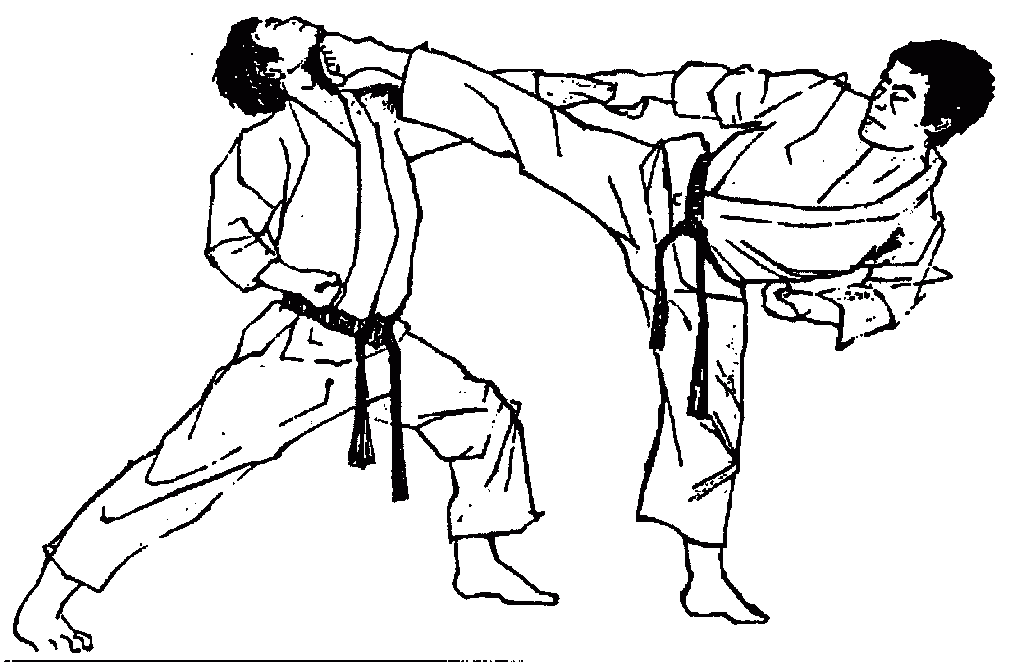
Proper technique aligns the hips and body mass for maximum impact. Core strength translates power from ground through torso into legs and feet.
Blocks and Parries
Blocks are defensive techniques that intercept, deflect or stop incoming attacks:
Low Block (Gedan-Barai)
- Forearm sweeps downward
- Stops low kicks and leg strikes
Rising Block (Age-Uke)
- Rising forearm motion
- Defends midsection and head
Inside Block (Uchi-Uke)
- Short sideways arm sweep
- Deflects inside attacks
Outside Block (Soto-Uke)
- Long sideways arm sweep
- Deflects outside attacks
Knife Hand Block (Shuto-Uke)
- Deflecting strike with hand edge
- Can break opponent’s limbs
Here’s a visual guide to fundamental blocks:

Forearms absorb force while deflecting attacks away from target zones. Swift blocking disrupts opponent’s balance and sets up counters.
Competition Rules and Commands
Karate tournaments feature exciting head-to-head sparring. Common commands include:
“Hajime” – Begin the Match
“Yame” – Stop the match
“Moto no Ichi” – Return to starting position
“Jogai” – Warning for exiting match zone
“Soremade” – End of the bout
Points are awarded for proper form and well-controlled, focused techniques to legal target zones. Thrusting punches, mid-level kicks and sweep kicks tend to score most often.
Illegal moves like grappling, throwing, head strikes and uncontrolled attacks result in warnings or penalty points. Discipline is strictly enforced.
Belt Ranking System
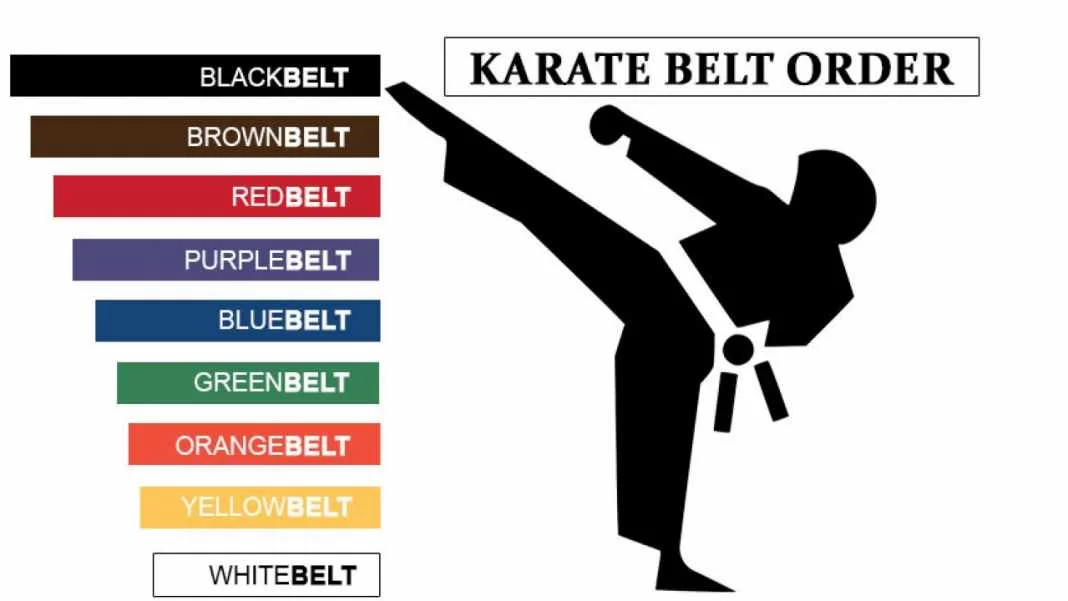
Karate uses colored belts to denote experience and proficiency:
- White Belt – Beginner grade
- Yellow Belt – Basic techniques
- Orange Belt – Intermediate student
- Green Belt – Advanced beginner
- Blue Belt – Competent fighter
- Brown Belt – Highly skilled
- Black Belt – Expert-level
Within black belt are intermediate dan grades recognizing seniority and contributions to the art:
- Shodan – First degree
- Nidan – Second degree
- Sandan – Third degree
- Yodan – Fourth degree
- Godan – Fifth degree
The highest master instructors may progress up to 10th dan over decades of training.
Uniforms and Equipment
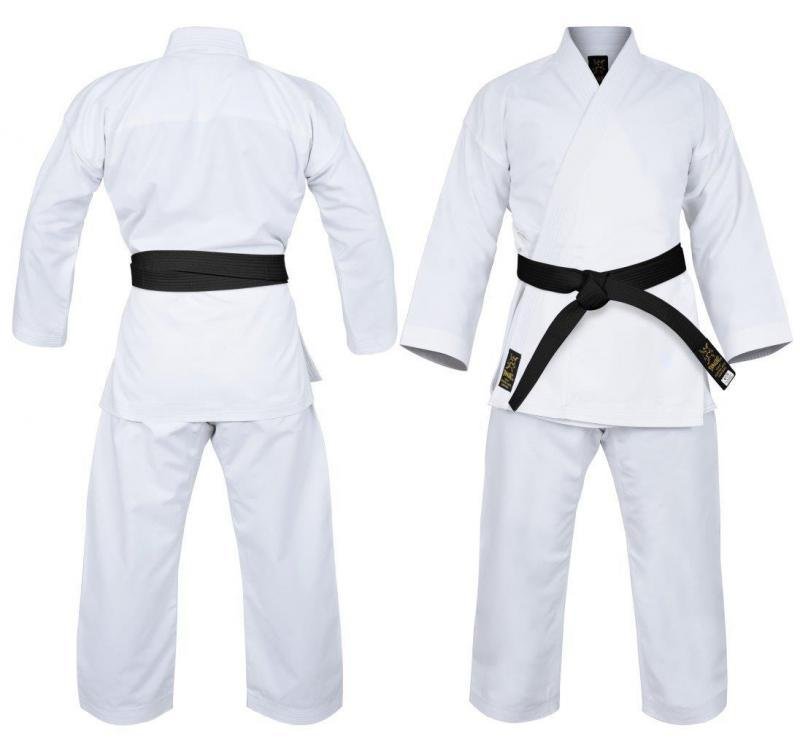
The traditional karate gi uniform includes:
- Jacket – Thick canvas, short sleeved
- Pants – Lightweight with drawstring
- Belt – Denotes rank by color
- Embroidery – Style and school symbols
Optional gear includes:

- Gloves & Pads – Protect hands and feet
- Mouthguard – Prevents dental damage
- Chest Guard – Softens body blows
- Helmet – Covers head in kumite
- Groin Cup – Guards sensitive area
Uniforms maintain tradition while equipment enhances safety during contact sparring and competitions.
Weight Divisions
Most major karate tournaments divide competitors by weight class for fairness:
Men
- Flyweight – Under 60kg / 132lbs
- Featherweight – 60-67kg / 132-147lbs
- Lightweight – 67-75kg / 147-165lbs
- Middleweight – 75-84kg / 165-185lbs
- Heavyweight – Over 84kg / 185lbs
Women
- Flyweight – Under 50kg / 110lbs
- Featherweight – 50-55kg / 110-121lbs
- Lightweight – Over 55kg / 121lbs
Youth, junior and senior divisions exist for wider participation. Open-weight matches between any size opponents also occur in special events.
Solo Training Terminology
Karate training employs many solo practice methods:
- Kihon – Basics, single techniques
- Kata – Formal sequences of moves
- Bunkai – Kata application analysis
- Makiwara – Special striking post
- Hojo Undo – Supplementary exercises
- Kinteki – Muscle/organ conditioning
- Oji Waza – Countering techniques
- Ukemi Waza – Safe falling methods
- Kansetsu Waza – Joint manipulation locks
These drills build physical attributes, proper form, flow, power generation, evasion, combinations and more. By training alone, skills integrate deeper into muscle memory for reflexive response.
Kumite: Freestyle Sparring
Sparring against live partners trains reaction time, distancing, timing and application of techniques:
- Ippon Kumite – Set one-step sparring
- Sanbon Kumite – Set three-step sparring
- Jiyu Kumite – Freestyle sparring
- Jiyu Ippon Kumite – Freestyle one-step sparring
- Yakusoku Kumite – Choreographed sparring
- Randori – Sparring without stopping
Light contact is strictly maintained to prevent injury. Protective equipment makes sessions safer and more realistic by enabling stronger techniques.
Through diverse partner training methods, fighting skills become second nature.
Dojo Etiquette and Commands
Karate dojos are treated as sacred training spaces. Bowing when entering/exiting shows respect. Shoes are removed before stepping onto the dojo floor.
Instructors give the following Japanese commands:
- “Rei” – Bow as sign of respect
- “Seiza” – Kneel in meditation
- “Mokuso” – Close eyes and meditate
- “Sensei ni rei” – Bow to teacher
- “Sempai ni rei” – Bow to senior ranks
- “Otagaini rei” – Bow to fellow students
- “Hajime” – Begin training
- “Yame” – Stop activity
- “Yoi” – Return to ready position
- “Osu” – Statement of dedication
These etiquette rituals instill discipline, tradition and unity between members.
Conclusion
We’ve just covered many terms that form the foundation of karate. While the depth of information may feel overwhelming at first, concepts will solidify through steady, conscious training over time.
Be sure to frequently review this glossary when learning any new techniques, kata, bunkai applications or competition rules. Understanding the principles behind moves makes their purpose clearer.
If interested in starting karate, consult instructors to select a style that fits your goals. Over time, the terminology and culture become second nature. Training then transitions from struggling with foreign concepts to smoothly flowing self-expression.
Karate practice offers immense long-term rewards for those with patience, discipline and an open mind. By embodying the deepest principles, we transform ourselves and contribute value to the world.
References
[1] History of Karate article
[2] Stances visual reference, [3] Striking techniques explained [4] Read Next on Karate Basics for Beginners: A Comprehensive Guide to the Fundamental Techniques
FAQs
- What are the basic karate stances?
The 5 foundational karate stances are attention stance (fudo-dachi), front stance (zenkutsu-dachi), back stance (kokutsu-dachi), horse riding stance (kiba-dachi), and cat stance (neko ashi-dachi). Each aligns the body differently for optimal power, mobility or stability.
- How many main punches are there in karate?
The core hand techniques include jab/straight punch (jun/oi-zuki), uppercut (age-zuki), knife hand (shuto-uchi), ridge hand (haito-uchi), palm heel strike (teisho uchi) and hammer fist (tetsui/ken ken uchi).
- What are the most common kicks?
Front kick (mae geri), roundhouse kick (mawashi geri), side kick (yoko geri) and stamping kick (fumikomi) are trained most often. Targets include abdomen, thighs, groin and midsection.
- Which beginner kata should I learn first?
Taikyoku and Pinan/Heian kata series are ideal for beginners. Taikyoku Shodan teaches basic stances and techniques while Pinan develops these into combos.
- What are the main blocks in karate?
The 5 essential karate blocks are low block (gedan barai), rising block (age uke), inside block (uchi uke), outside block (soto uke) and knife hand block (shuto uke). These defend through evasion or deflecting strikes off-target.
- How are points scored in karate sparring?
Legal strikes that display proper form, control, attitude and fast-snapping delivery of techniques to approved target zones are awarded points. Example techniques include focused mid- or high-level kicks and straight punches.
- What do the belt colors signify?
Each colored belt denotes experience levels from beginner white belt to master black belt. Dan black belt grades reflect seniority, skill and dedication to the art.
- Why does karate use Japanese terminology?
As a Japanese martial art, karate adopted the native language for traditions, etiquette and terminology. Learning the foreign words trains the mindset.
- What safety gear do I need for sparring?
Recommended protective equipment includes padded gloves & feet, mouthguard to protect teeth, optional chest guard to soften blows, headgear & groin protection for heavy contact.
- How can I find karate classes near me?
Research accredited local dojos and instructors in your area online through Google search or directory listings like dojos.info. Read reviews before trying trial classes to pick the best fit. Consider style, teaching methods, costs, class size etc.
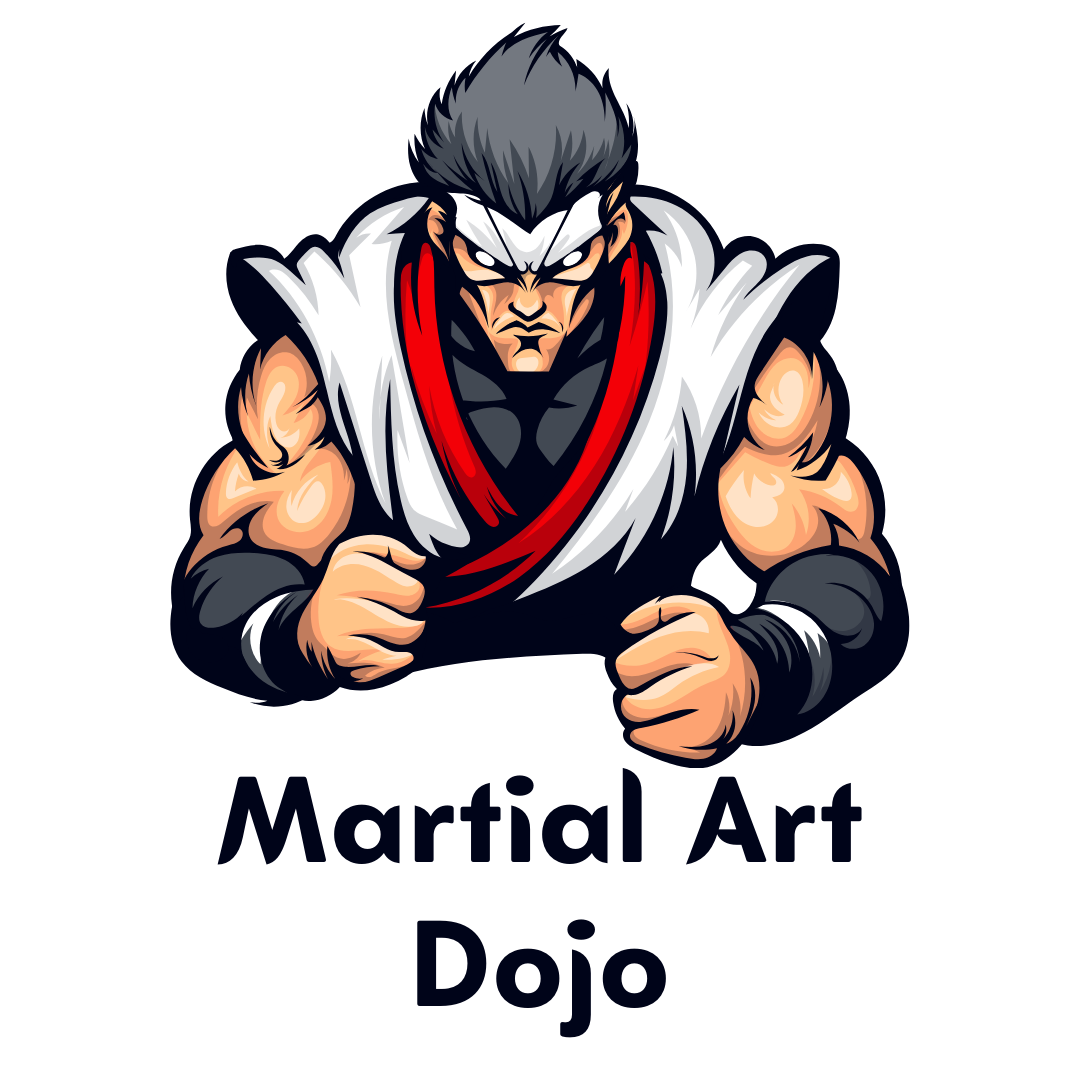
[…] Read Next on Karate Terminology and Glossary: A Comprehensive Overview […]